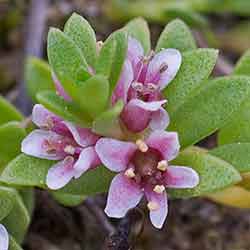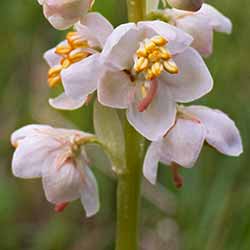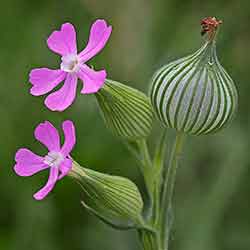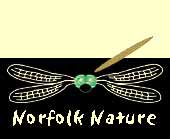| Norfolk is probably the best county for wildlife in Britain, and certainly one of the very best for the wildlife enthusiast. Follow the links for more information on some of Norfolk's special places. |
 |
The Norfolk Coast Justly famous for its birdlife, the list of reserves along the north Norfolk coast - Snettisham, Holme, Titchwell, Scolt Head, Holkham, Stiffkey, Blakeney, Cley - is a conservation roll of honour. There is much more to the Norfolk coast however, with a wealth of wild flowers as well as butterflies, dragonflies and some specialized marine life. Read more. |
 |
The Norfolk Broads The product of mediaeval peat-digging (itself a product of acute fuel shortages caused by deforestation) the Broads have long been a haven for wildlife. A watery world, the area was a vast estuary in the Roman period, and rising sea levels threaten to transform the Broads once again in the the not too distant future (either by accident or by design). In the meantime, there is much to see. Read more. |
 |
Breckland The Brecks were once a desolate place of windswept heaths, endless rabbit warrens and even mobile dunes. Sadly, of all the 'wild' regions in Norfolk, this is the one that has changed the most, not only due to modern agriculture, but also forestry, which has blanketed large areas with a monoculture of conifers. Yet, on the remaining areas of heath and along roadside and forest rides, most of the special plants can still be found, while the region's signature bird, the Stone-curlew, is doing well thanks to the efforts of conservationists and local land owners. Read more. |
 |
Heath, Fen & Bog Despite centuries of agricultural improvement, Norfolk retains some substantial areas of heath, bog and fen, many of which owe their continued existence to the Enclosure Commissioners of the nineteenth century. During the Enclosures, in which Acts of Parliament were used to rationalise land ownerships, the poor were compensated for the privatization of much communal land by being allotted the worst agricultural land in the parish - the poorest heaths and undrainable bogs - to collect firewood and bedding and graze the odd cow or pony. It is these commons and 'Poor's Allotments' that remain today. Read more. |


